T4K3.news
Interstellar object 3I/ATLAS may emit its own light
Harvard researchers push a controversial idea about the light from 3I/ATLAS as it nears Mars this fall

Harvard astronomer Avi Loeb suggests the interstellar object 3I/ATLAS may emit its own light, challenging the standard comet explanation
3I/ATLAS prompts debate on light emission
Interstellar object 3I/ATLAS is approaching the inner solar system. Observations by the Hubble Space Telescope show a glow ahead of its motion toward the Sun, which scientists interpret as a possible coma. The object lacks a visible tail, so many researchers still classify it as a comet, yet Avi Loeb has kept an open mind about the idea that it may carry signs of intelligent origin. The debate centers on how to read the light and what data will prove the case.
Loeb and Harvard astrophysicist Eric Keto propose two possibilities. One is a rare fragment from the core of a nearby supernova that is rich in radioactive material. The other is a spacecraft powered by nuclear energy that leaves dust in front of its surface as it travels. Loeb calls the first option highly unlikely and says the second would require stronger evidence to be viable. If the object is not a classic comet, its true size could be smaller than thought, similar to the earlier interstellar visitors 1I Oumuamua and 2I Borisov. The object will pass relatively close to Mars this fall, giving scientists a chance to study it up close. Loeb notes that NASA s HiRISE team could image the object if the agency approves, and he has urged them to be ready.
Key Takeaways
"the simplest interpretation is that the nucleus produces most of the light"
Loeb on what the glow implies about the object
"They responded favorably"
HiRISE team reaction to imaging plan
"I encouraged the HiRISE team to use their camera during the first week of October 2025"
Loeb describing NASA support for imaging
"better evidence to be viable"
Loeb acknowledging need for stronger data
The case tests how science handles ambiguous data and competing explanations. A broad consensus still treats 3I/ATLAS as a comet, while Loeb pushes for more data to test unusual ideas. This tension between skepticism and curiosity is a normal part of scientific progress, especially with signals that sit at the edge of current knowledge. The situation also highlights the risk of over interpreting faint observations and the need for careful, reproducible measurements rather than sensational headlines.
The upcoming Mars flyby offers a rare chance to gather new data. If imaging reveals unexpected features or spectra, the discussion could shift, but any claim will still require corroboration from independent observations. The episode shows how researchers, space agencies, and the public interact when facing a potentially extraordinary signal from space. It is a reminder that science advances through patient data gathering and open debate, not rush to conclusion.
Highlights
- The universe keeps sending questions to the curious.
- A tiny interstellar visitor prompts big questions about life beyond Earth.
- We need patience not proof to read this space visitor.
- Data should guide us even when the signal is faint.
Public reaction risk to alien life theory
The topic touches on potential alien contact and fringe ideas, which could provoke public reaction, controversy, and misunderstanding. The article should be careful to separate speculation from evidence and to emphasize ongoing data collection.
The next days and weeks will test how we separate interesting questions from credible evidence
Enjoyed this? Let your friends know!
Related News
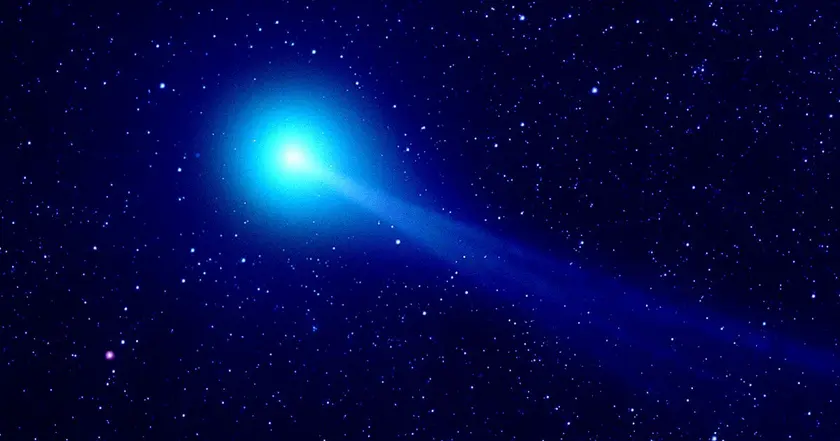
Interstellar Object 3I/ATLAS Captures Scientific Attention
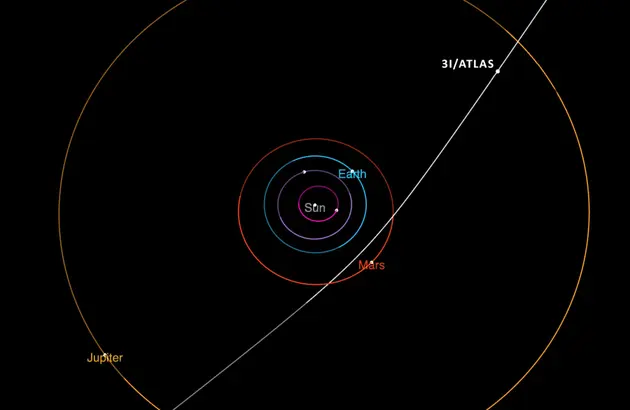
ASU's Kenneth Carrell comments on interstellar comet 3I/ATLAS

Six word message proposed for 3i atlas
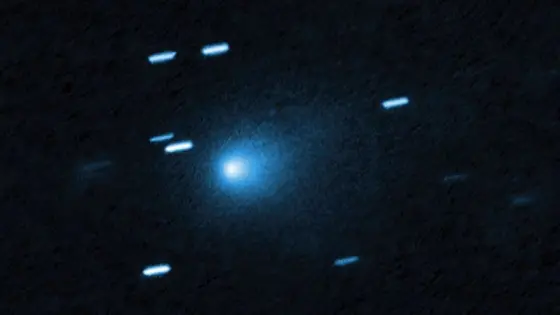
Hubble reveals interstellar comet 3I/ATLAS in stunning detail
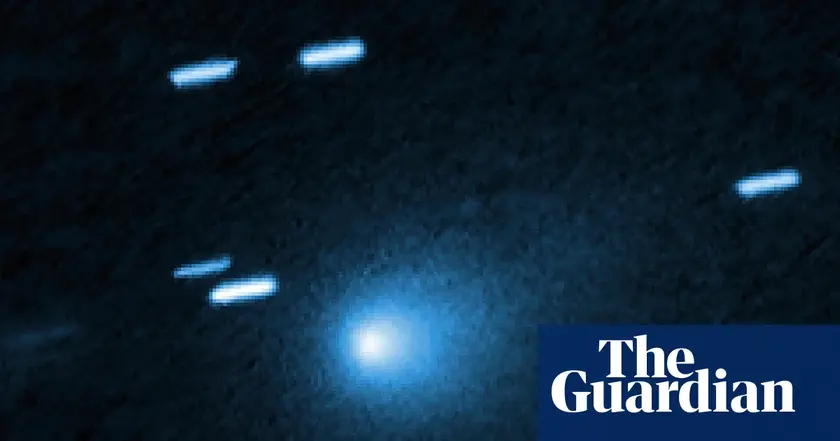
Interstellar comet 3I Atlas approaches the inner solar system
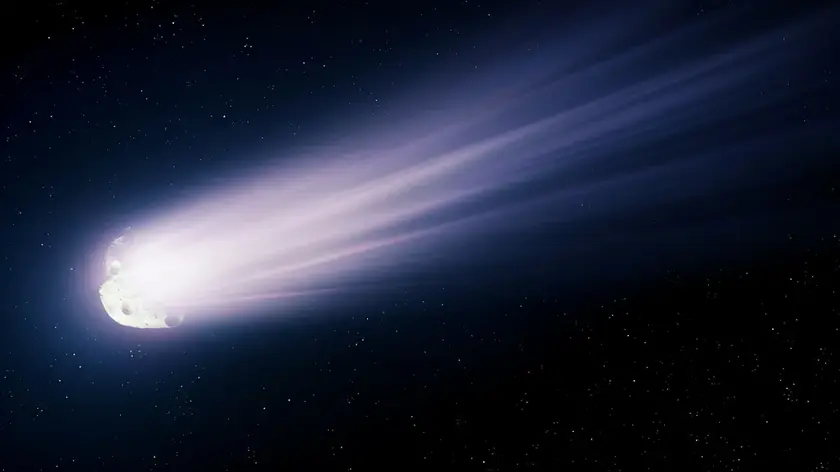
Interstellar Comet 3I/ATLAS Prompts Scientific Scrutiny
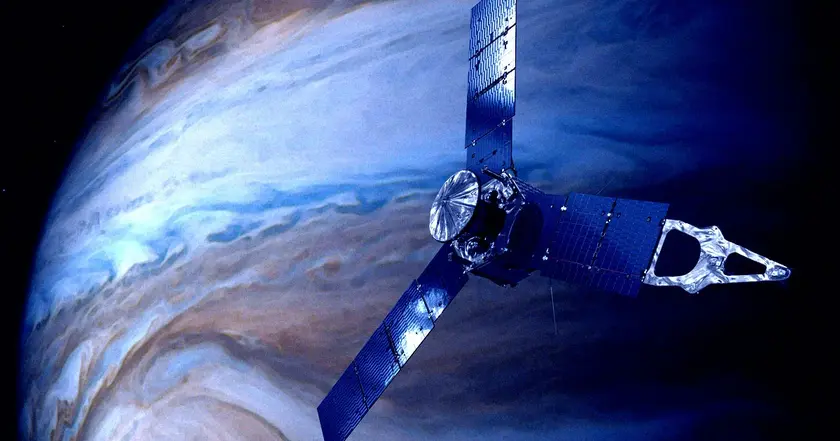
NASA weighs intercept of interstellar visitor 3I ATLAS

NASA plans to study interstellar object with Juno spacecraft
